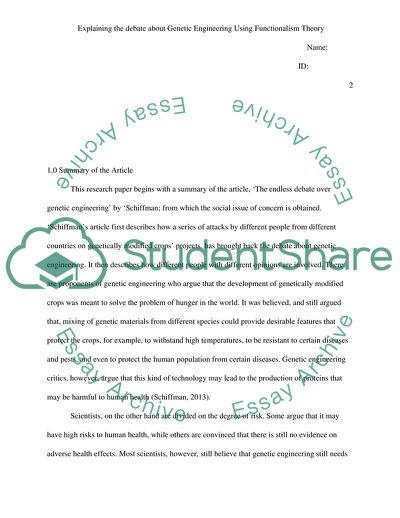Cite this document
(Explaining the Debate About Genetic Engineering Using Functionalism Essay Example | Topics and Well Written Essays - 2000 words, n.d.)
Explaining the Debate About Genetic Engineering Using Functionalism Essay Example | Topics and Well Written Essays - 2000 words. https://studentshare.org/sociology/1815737-paper
Explaining the Debate About Genetic Engineering Using Functionalism Essay Example | Topics and Well Written Essays - 2000 words. https://studentshare.org/sociology/1815737-paper
(Explaining the Debate About Genetic Engineering Using Functionalism Essay Example | Topics and Well Written Essays - 2000 Words)
Explaining the Debate About Genetic Engineering Using Functionalism Essay Example | Topics and Well Written Essays - 2000 Words. https://studentshare.org/sociology/1815737-paper.
Explaining the Debate About Genetic Engineering Using Functionalism Essay Example | Topics and Well Written Essays - 2000 Words. https://studentshare.org/sociology/1815737-paper.
“Explaining the Debate About Genetic Engineering Using Functionalism Essay Example | Topics and Well Written Essays - 2000 Words”. https://studentshare.org/sociology/1815737-paper.


